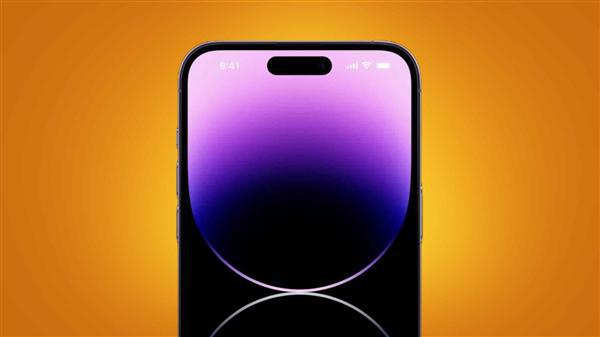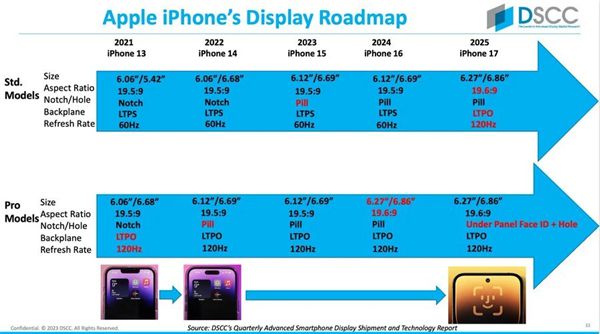News reports that there is a major upgrade to the iPhone 17 series screen: the era of "capsule screens" is coming to an end
On October 16th, KuaiTech reported that industry insider Ross Yong revealed that there has been a significant upgrade to the screen of the iPhone 17 series.According to reports, the iPhone 17 Pro and iPhone 17 ProMax will debut off screen FaceID technology, and the iPhone 17 Pro series will adopt a perforated screen form, bidding farewell to the "capsule screen"
On October 16th, KuaiTech reported that industry insider Ross Yong revealed that there has been a significant upgrade to the screen of the iPhone 17 series.
According to reports, the iPhone 17 Pro and iPhone 17 ProMax will debut off screen FaceID technology, and the iPhone 17 Pro series will adopt a perforated screen form, bidding farewell to the "capsule screen".
At present, the Android camp generally adopts perforated screen screens, supplemented by screen fingerprint recognition. In contrast, Apple follows the "3D facial recognition route" and has never used screen fingerprint recognition throughout.

It is worth noting that Apple has obtained patents related to off screen FaceID, and the original 3D structured light TrueDepth camera system has been placed below the screen, eliminating the need for further holes on the screen.
The patent document shows that the mobile phone display screen is reserved with a series of small apertures, and the screen at this location can enable or disable different pixel points according to different functions. For example, when performing facial recognition, the screen pixels above it will be turned off, and external light can be transmitted to the 3D facial recognition system below the screen through the reserved aperture.
In order to ensure the imaging quality of the front camera, Apple has temporarily not installed the camera offline, and the final presentation is a perforated screen phone with 3D facial recognition.

Tag: is to the News reports that there major upgrade
Disclaimer: The content of this article is sourced from the internet. The copyright of the text, images, and other materials belongs to the original author. The platform reprints the materials for the purpose of conveying more information. The content of the article is for reference and learning only, and should not be used for commercial purposes. If it infringes on your legitimate rights and interests, please contact us promptly and we will handle it as soon as possible! We respect copyright and are committed to protecting it. Thank you for sharing.


